Airflow control stands as an indispensable element of creating a comfortable and healthy indoor environment. Not merely about temperature regulation or moisture control, achieving a favorable indoor climate requires us to consider the more subtle, yet significant, role that airflow plays.
It is the effective distribution of conditioned air throughout an indoor space that serves as a backbone to the system’s functionality. Good airflow fosters superior ventilation and prevents the stagnation of air, thereby enhancing the overall air quality indoors.
The efficiency of our heating, ventilation, and air conditioning (HVAC) systems, such as Packaged Terminal Air Conditioner (PTAC) units, can be significantly boosted when the principles of airflow control are fully understood and appropriately utilized.
These units come equipped with features enabling you to adjust and manage the airflow to suit your needs. By knowing how to take full advantage of these, you can engineer a more enjoyable, healthier indoor climate.
The Essence of Airflow Control
Airflow is defined as the movement of air within a defined area. In the context of HVAC, it denotes the circulation of conditioned air inside a room and the interchange between indoor and outdoor air.
The optimal airflow in a room or building ensures even temperature distribution, thereby enhancing comfort levels. Additionally, it plays a crucial role in promoting healthier indoor air by eliminating areas of stagnant air, which can harbor airborne pollutants.
The value of airflow control is notably significant in large buildings where there are multiple rooms or when there are areas that receive less conditioned air due to their location or distance from the HVAC units.
By accurately controlling and directing the flow of air, it is possible to maintain a comfortable, consistent temperature across the entire building and minimize air quality issues.
Influential Factors in Airflow
Multiple factors, ranging from ductwork design and size to air vent positioning and the type of HVAC system, including PTAC units, can affect the airflow within a building. Being aware of these factors is the first stride towards optimizing airflow and creating a healthier and more comfortable environment.
For instance, the layout and dimensions of a building are major considerations. Larger buildings with complex designs may necessitate a more sophisticated HVAC system to ensure proper and adequate airflow.
The number of occupants in a building is another influential factor, given that human beings produce heat and carbon dioxide, which can impact temperature and humidity levels indoors.
How to Optimize Airflow
With a clear understanding of the factors affecting airflow, various strategies can be devised to optimize it. Firstly, it’s essential to ensure that your units are correctly sized for the area they are expected to condition.
An undersized unit may struggle to provide sufficient airflow, whereas an oversized unit could lead to unnecessary temperature fluctuations and wastage of energy.
Routine maintenance of your HVAC system is vital for efficient operation. A system suffering from dirty filters or blocked vents can significantly impede airflow, lowering both efficiency and comfort levels.
Regular cleaning and replacement of filters will help ensure that your system operates at its peak performance, delivering optimal airflow.
Air balancing is another key strategy that optimizes airflow by adjusting the volume of air delivered through different ducts, ensuring that all areas of the building receive the right amount of conditioned air.
Furthermore, the use of fans can help distribute the conditioned air evenly across the room, further enhancing comfort levels.
Ventilation’s Role in Airflow Control
Ventilation is integral to the process of airflow control. It facilitates the necessary exchange of indoor and outdoor air, assisting in the removal of airborne pollutants and providing a supply of fresh air.
This process is especially crucial in spaces with limited natural ventilation, such as basements or inner rooms. The use of exhaust fans, air purifiers, and ventilators can significantly improve the air quality in these spaces.
The Influence of Airflow on Energy Efficiency
Optimized airflow not only impacts comfort and air quality, but it also has profound implications for energy efficiency. When airflow is obstructed, HVAC systems have to work harder to distribute conditioned air, resulting in more energy consumption.
Therefore, by ensuring smooth and unrestricted airflow, we can lower energy usage and save on utility bills.
Future Trends in Airflow Control
Thanks to technological advancements, we are transitioning towards smarter and more sophisticated airflow control systems. These innovative systems are equipped with sensors that monitor parameters such as temperature, humidity, and CO2 levels, adjusting airflow accordingly.
They offer more precise control, superior comfort, and enhanced energy efficiency, setting a new standard in indoor climate control.
Conclusion
Airflow control stands as an integral facet of creating a healthy and comfortable indoor environment. By comprehending its significance and implementing effective strategies to optimize it, we can substantially enhance the quality of our indoor spaces.
The continued advancements in HVAC technology, including more intelligent PTAC units, mean that achieving ideal airflow control is becoming increasingly accessible and efficient.
The future of indoor comfort and health is intrinsically linked to airflow control, and our ability to harness it will define the quality of our indoor environments.

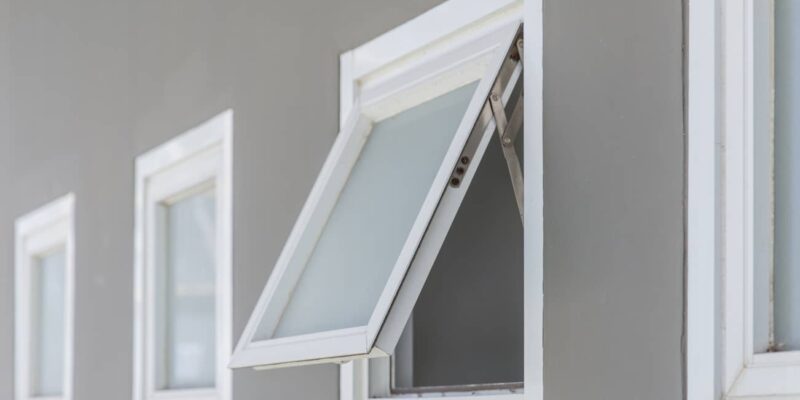

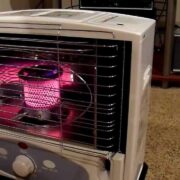
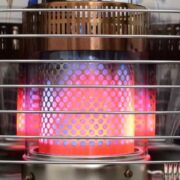
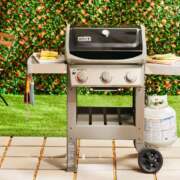



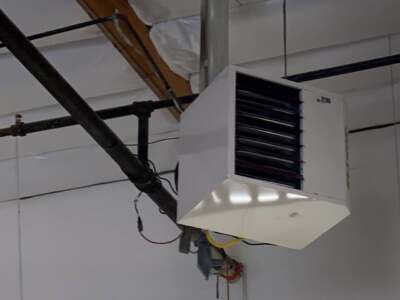
Comments